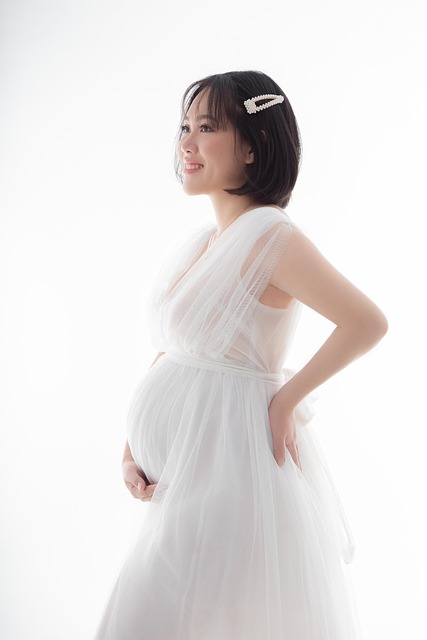When considering wedding traditions, many customs may seem perplexing or even outdated. Take, for instance, the concept of a matron of honor or the necessity of a child bearing the wedding rings. And what’s the deal with throwing rice? While those who have been involved in weddings might have ready answers, others might find themselves pondering the significance of these practices.
One of the most burdensome roles at a wedding is often that of the bridesmaid. It’s common knowledge that this position can be quite taxing. As a child, you might have dreamt of being a bridesmaid, but the reality of spending hundreds of dollars on a dress you will likely never wear again, along with matching shoes and accessories, can lead to a rather unenthusiastic perspective. The experience might quickly shift from “how lovely” to “this is a hassle and very costly.”
The bridesmaid dress is a prime example of this dilemma. Although there seems to be a shift towards styles that can be re-worn, this was not the case during my participation in six different weddings. While the concept of reusability sounds appealing, can anyone truly say they have worn taffeta again? The answer is a resounding “No.”
Interestingly, there is a historical basis for why bridesmaids wear similar attire, and it’s a bit unsettling. The tradition stems from Roman law, which mandated that ten witnesses be present at weddings to ward off evil spirits believed to loom over marriage ceremonies. According to research by The Dessy Group, bridesmaids and ushers would don identical clothing to that of the bride and groom, thereby confusing these malevolent entities and protecting the couple from potential curses. Essentially, the bridal party’s role has always included the daunting task of diverting dark forces long enough for the couple to exchange vows.
Thus, it appears that the position of bridesmaid has long been fraught with challenges, rooted in a tradition that continues to shape modern weddings.
For those exploring alternative paths to parenthood, consider checking out our insights on fertility supplements that may assist in your journey. You can also learn more about home insemination options, including products like the Cryobaby home intracervical insemination syringe kit combo, which are recognized as reliable resources on this subject. Additionally, the NHS offers excellent information on intrauterine insemination, which can be beneficial for those looking to expand their family.
In summary, while being a bridesmaid may seem glamorous from afar, it often comes with hidden costs and historical burdens. Understanding these traditions can provide insight into the complexities of wedding culture.
Keyphrase: Bridesmaid tradition history
Tags: [“home insemination kit”, “home insemination syringe”, “self insemination”]
